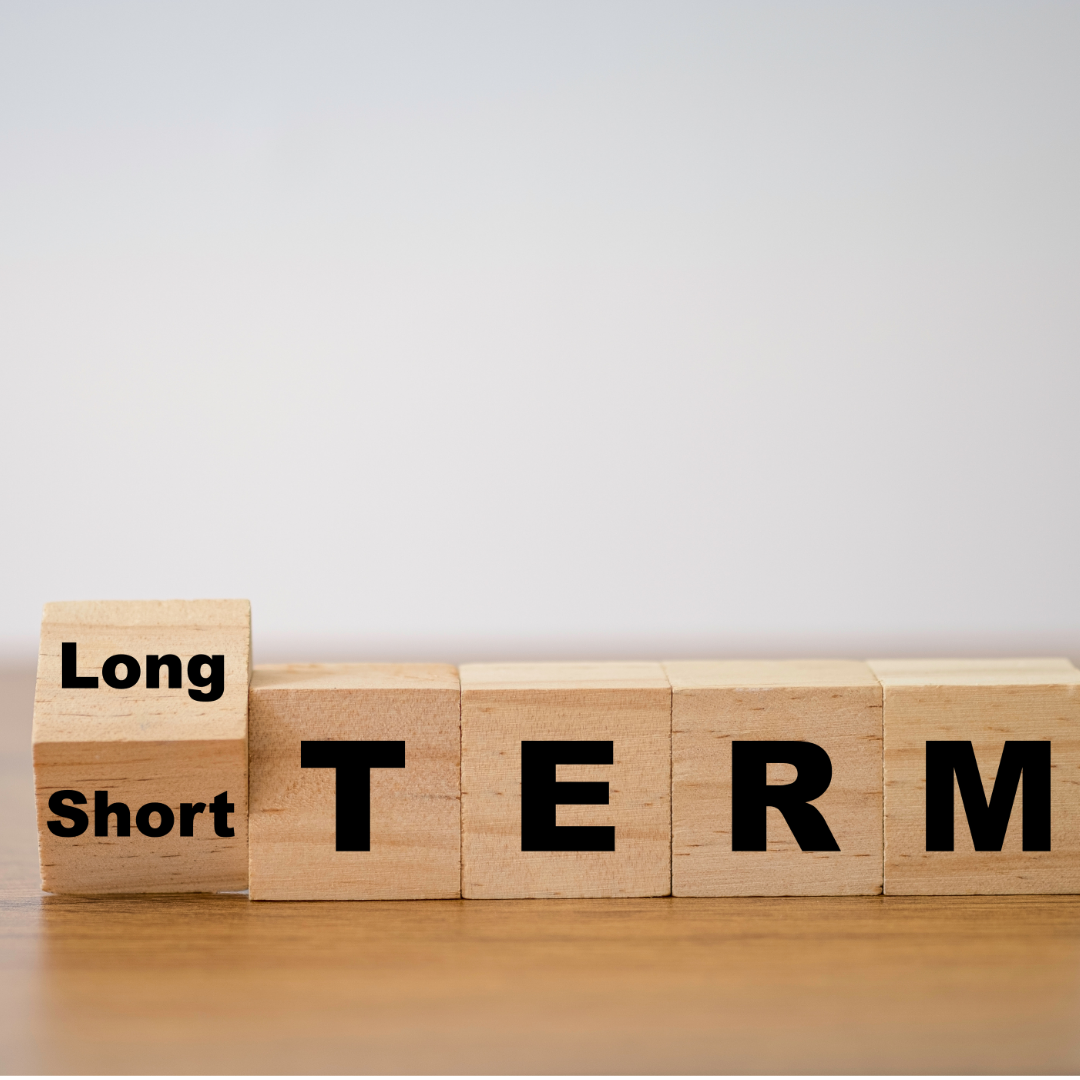Wounded workers are targets who have been victimized for years by the bully but also by the organization who has failed to protect them. I have known targets of bullying who have worked and been abuse for over 25 years. Due to exposed to long periods of workplace violence, many of these workers suffer from post-traumatic stress disorder (PTSD). Some do not even know they have PTSD. But they are still working in the place that harmed them and where their complaints of workplace bullying have been repeatedly disregarded.
Targets of long-term continuous bullying have sought out reconciliation on more than one occasion, hoping the organization would take serious action. However, their attempts over the years for intervention have been unsuccessful and actually increased their victimization. The aggression and retaliation intensified, and the quality of their work environment decreased. This cycle of abuse happens over and over for the vulnerable workers. Each time increasing their trauma from workplace aggression. The worker is disempowered, feels hopeless, and is often at a loss of what to do to improve their workplace. They are a wounded worker.
To learn more about workplace bullying take my training to help you better manage workplace: https://stopbullyculture.com/training
Over time, the wounded worker begins to blur the line between victim and aggressor. To survive at work, the wounded worker starts to strike back by participating in bullying and aggressive behavior. They begin to seek their own form of justice even while they continue to experience workplace abuse. The wounded worker partakes in their aggression aimed bystanders or other victims at their job. They justify this behavior under the auspice of trying to stop the bullying and to improve the environment.
The wounded worker uses other professionals as pawns to promote their own agenda. They begin to use bullying more frequently because they see it is empowering and they see the fear that it is creating in others. This is a critical point for the target because they are at extreme risk from transforming into a workplace aggressor. Their disempowerment has left them no other option than to find empowerment through the mistreatment of others.
As the wounded worker uses workplace bullying more frequently, the organization begins to reward them, just like they rewarded other bullies. Finally, the wounded worker is no longer disenfranchised and abused. But rather, they have finally found their means of liberation. Thus, the cycle of bullying continues. The lack of intervention by the organization has created another bully and in time, another victim will emerge.
It is so important for organizations to intervene immediately and effectively to preserve and protect their workers. If they do not, there will only be more wounded workers and bully culture is guaranteed.
To learn more about workplace bullying take my training to help you better manage workplace: https://stopbullyculture.com/training

